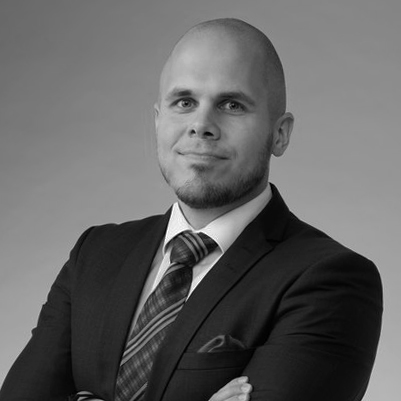The business environment has, for decades, not been as foggy as it is today. In this blog, I will discuss how management teams can start to regain a sense of control in the so-called VUCA² world of extreme uncertainty, using continuous strategic foresight. To begin with, three things are needed: time, a clear strategic agenda, and shared assumptions about the future of the business environment.
A client of mine, a CEO in a major Finnish company, admitted to his management team a month or so ago that, during his long history as a business executive, the business environment had never been as foggy as it is now. And he is not alone. The acronym VUCA has been used for years to describe a rapidly changing business environment characterized by Volatility, Uncertainty, Complexity and Ambiguity. However, the recent geopolitical stress has induced an environment I would describe as “VUCA on steroids”, or VUCA². As the Ukrainians are literally fighting for their lives – and while there’s, of course, no comparison – the companies I work with have to cope with the ripple effects. Part of this struggle is strategic management. But how can one lead a strategy in a VUCA² environment?
“Be like water, friend,” said Bruce Lee. “What stands in the way becomes the way,” said the stoic Marcus Aurelius. Wise words about becoming adaptable and agile in times of hardship. Strategists could claim a VUCA² era demands extreme adaptability and learning, where the strategy IS agility – a means, not an end. Vision, mission, strategic priorities, objectives and tasks – elements of a deliberate strategy – can be adjusted on the spot if necessary to accommodate the rapidly emerging changes in the market. This might be reality for startups, but not for most established companies. And I’d argue, it shouldn’t be either. People by nature want predictability, continuity, and safety in addition to hope and positive development. Only a few companies can be like Bruce Lee – there was, after all, only one Bruce Lee. So what should the others do in a VUCA² environment?
I argue that the current times demand strategic foresight more than ever. “We need to regain a sense of control,” said the same CEO to his team. High performance is as much about action as it is about emotion. And the feeling of being in control can be strengthened with structured, continuous foresight that is integrated into strategic management. Here, strategic foresight provides both insights about what is happening around us, what we could do, what we should do AND the sense that we are staying on top of the uncertainty and our options.
Three things are necessary for any management team to start regaining the sense of control.
The first is of course time and headspace to perform foresight and sense-making. Consultants and advisors can provide information and facilitate sense-making, but they cannot do the thinking for executives.
The second is a clear strategic agenda: a set of strategic questions and priorities that reach from the now to the long term. I’m seeing too many agendas muddled by operational and short-term items, or analysis of risks, which might be critical to the firm’s survival, but with a focus only on a very limited set of risks and only their probabilities. Instead, the CEO must maintain a firm grip of the agenda and keep his or her team engaged with both the short and the long term questions, the risks and the opportunities and the emergent and planned issues. In other words, the agenda consists of the organization’s strategic questions, decisions, and their execution.
The third thing necessary for regaining a sense of control are the assumptions behind strategic decisions. These are the shared, transparent assumptions an organizations make about the key uncertainties affecting the outcome of their decisions. Too often, the assumptions about the effects of the external environment are not fleshed out, are tacit and/or too general – decisions have been made because they seem obvious and are driven by path dependencies. Too often, the assumptions have not been documented and even less often, they reappear in day-to-day strategic management after being buried in strategy documents. Instead, the CEO should present the team with the assumptions, discuss them regularly and continuously monitor how they are becoming reality (or not) and scan what new assumptions should be made to steer the strategy.
Strategic foresight as a continuous practice hence becomes an integrated part of a firm’s management model and forums of strategic decision-making. The practice, when fully implemented, needs resources, tools, processes and insightful people for monitoring and sense-making yes, but the first steps of adopting foresight as a continuous practice can be simple and made at the top management level. And for these, time, discipline, and transparent communication are required. Even the first steps can create a much stronger sense of control in a foggy business environment.
Capful can help you take these first steps. Let’s connect if you want to talk more.

Tomi Heikkinen
Director
